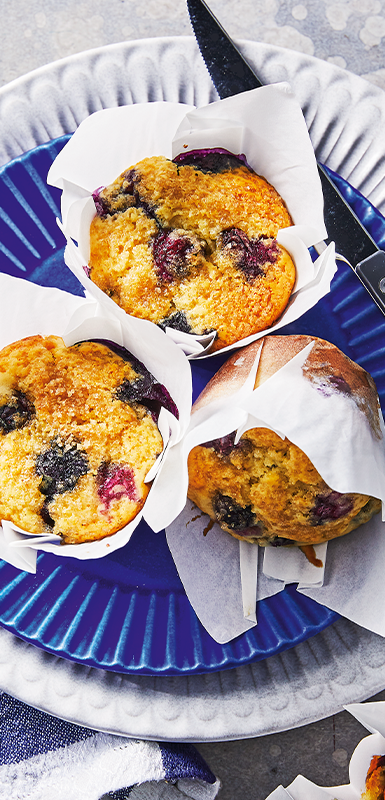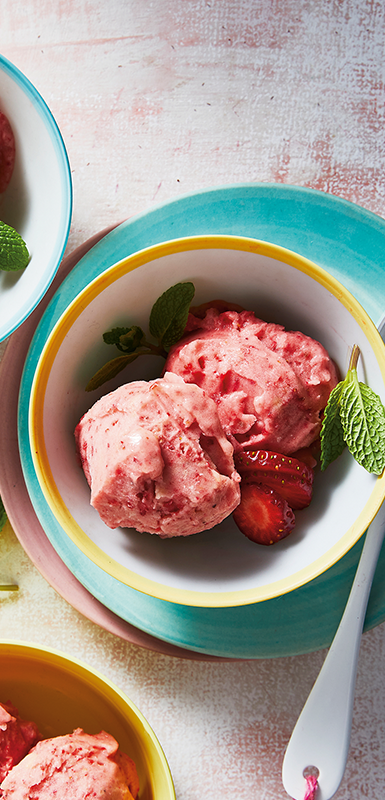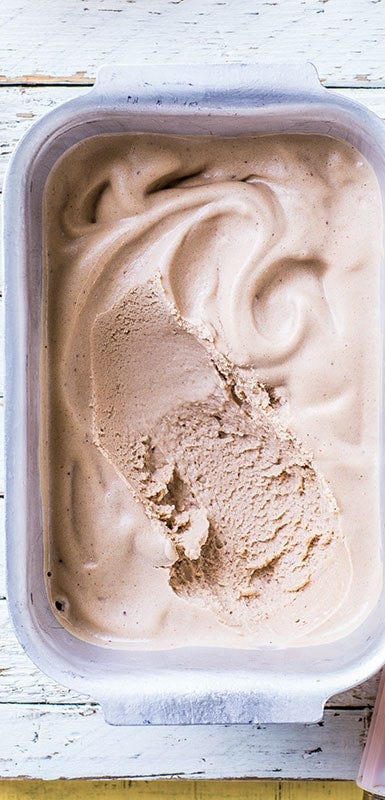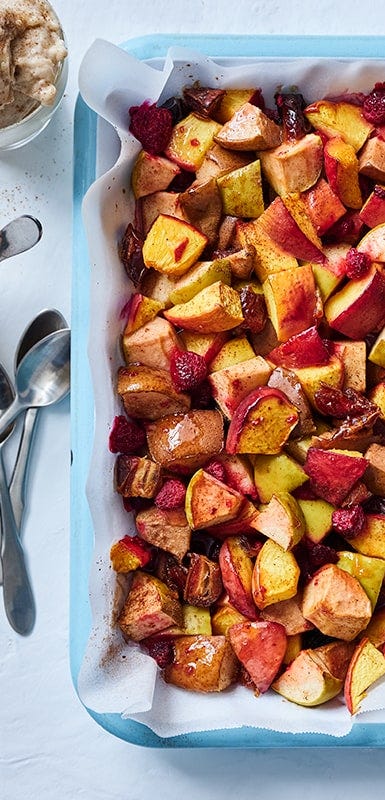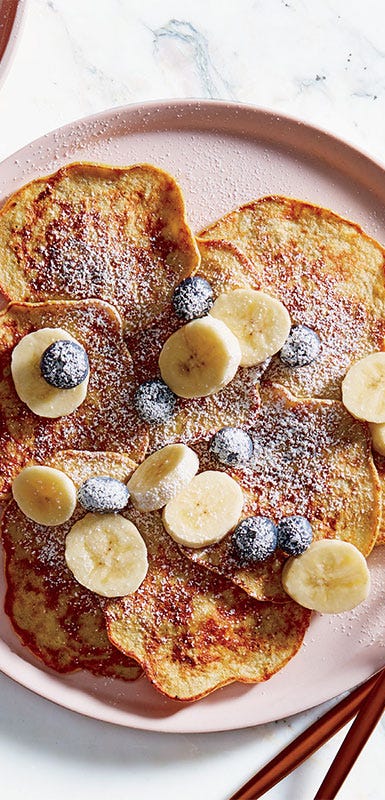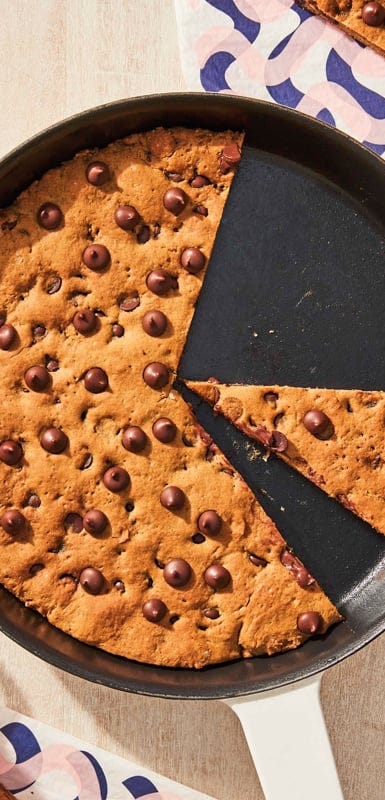ZeroPoint cheat sheet: Fruits
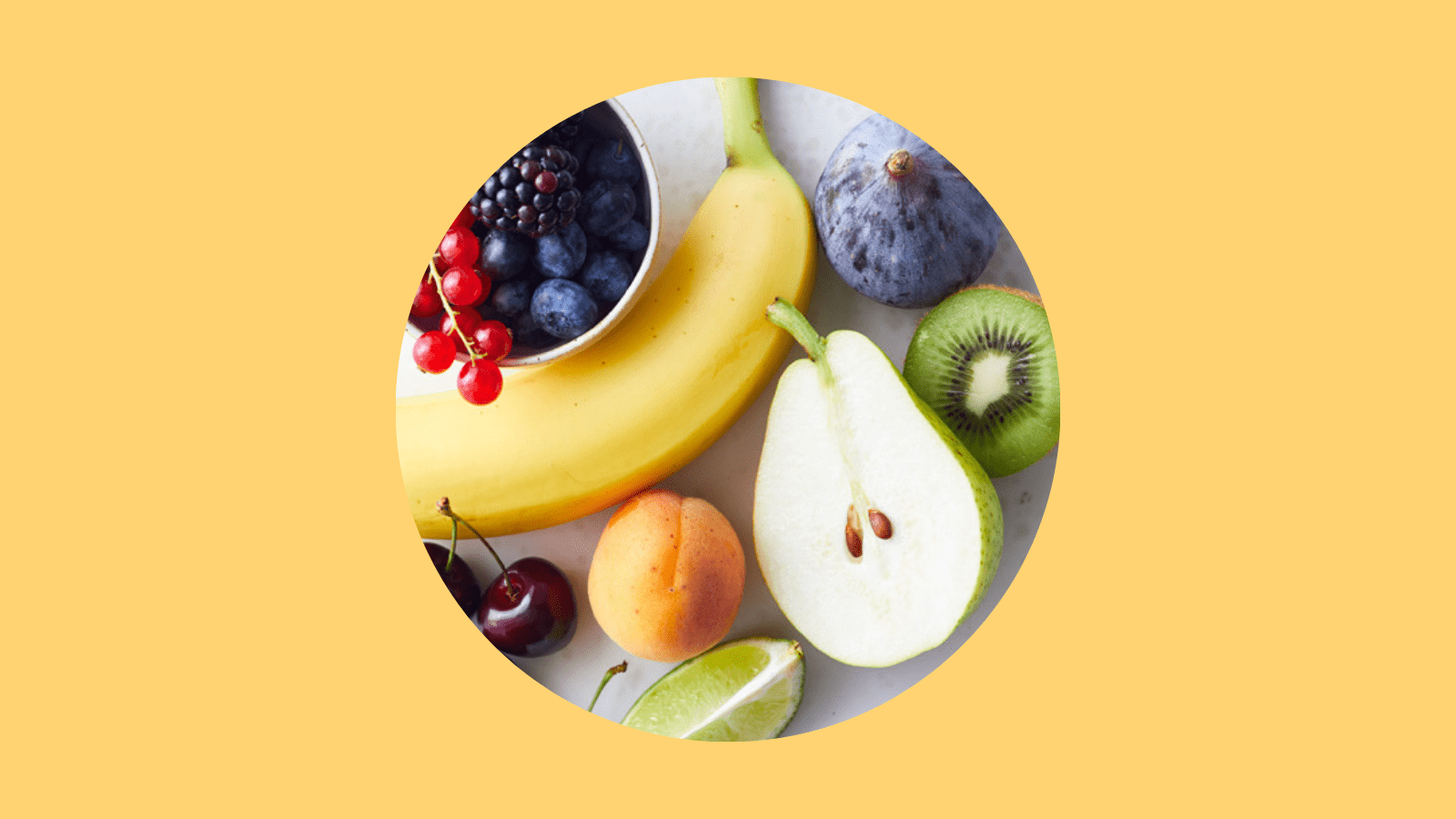

ZeroPoint foods are nutritional powerhouses that you can reach for frequently and consistently, without weighing, measuring, or tracking them. They were specifically chosen because they are nutrient-, vitamin-, and mineral-packed. Because of that, they’re recommended by national and international guidelines (including the World Health Organization) to be consumed often as part of a healthy pattern of eating.
Every WeightWatchers® member gets a list of ZeroPoint foods including: non-starchy veggies, fruit, eggs, yoghurt & cottage cheese, fish & shellfish, chicken & turkey breast, tofu & tempeh, corn & popcorn, beans, peas, & lentils and MORE.
Fruits are one of those wonder foods that are both naturally sweet, delicious, and also terrific for you. Fruit has its own ZeroPoint food group not only because it’s a source of many key nutrients, but it’s also often fibre-rich, high in water, and low in fat, which makes them a filling and satisfying part of a healthy diet.
While “zero” usually means “nothing,” at WeightWatchers, ZeroPoint foods are everything! If you’re not on the Diabetes Program, then fruit will be on your ZeroPoint foods list. If you’ve got some questions, you’re in the right place.
Are all fruits a ZeroPoint food?
Not necessarily. A fruit IS a ZeroPoint food if it’s:
- Fresh or frozen without added sugars or fat
- Canned in water
- Canned in sugar-free syrup
A fruit is NOT a ZeroPoint food if it’s:
- Dried
- Blended into a smoothie
- Juiced
- Canned in natural juice
Wait, what about avocados and coconuts? They’re fruit!
Avocados and coconuts have more kilojoules (calories) and fat than other fruits and coconuts are also high in saturated fat. Both can be more easily over consumed, so it’s important to track them.
Why does fruit have a Points value when I blend it into a smoothie?
Whole fruit is a ZeroPoint food, but once it becomes part of a smoothie, the experience of “eating” it changes. Research shows that liquids don’t promote the same feeling of fullness and satisfaction that solid foods do. When you drink something, you’re not actually chewing it, which can affect the signals between your stomach and brain. Plus you can wind up putting a lot more fruit in a smoothie than you’d ever eat in one sitting without necessarily getting the same amount of fibre. In short, drinking a smoothie or juice doesn’t make or keep you full the way eating that fruit might.
Does it matter if the fruit’s cooked?
Nope. But if it’s cooked with any ingredients that have Points values (e.g., honey or butter), you’ll want to track those ingredients. If you track a WeightWatchers recipe that includes fruit, the app will automatically subtract it from the Points value of the recipe for you.
Any other sweet tips?
Use the natural sugars and moisture in fruit to replace added sugars and saturated fats in desserts and baked goods. We love bananas as the base of a vegan “nice” cream and these flourless pancakes, and we use no added sugar apple puree to sweeten these no-sugar-added blueberry muffins and to cut the amount of butter and sugar in these apple bars.
*Members living with diabetes will have non-starchy veggies, eggs, fish & shellfish, chicken & turkey breast, tofu & tempeh, and beans, peas, & lentils on their ZeroPoint food list. These categories were carefully selected to consider the combination of carbohydrates, proteins, and fibre, and are less likely to impact blood sugar levels. (More information on the diabetes program)

